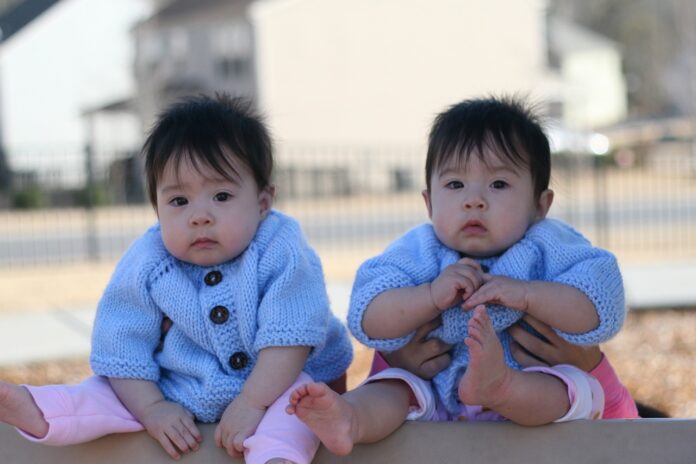Twins have always fascinated people with their striking similarities and differences. Understanding why twins look alike involves delving into genetics, the science of inheritance, and the different types of twins. Let’s explore this intriguing topic in simple terms.
Types of Twins
Twins come in two main types: identical and fraternal. Each type has its own reasons for looking alike or different.
Identical Twins
Identical twins, also known as monozygotic twins, develop from a single fertilized egg that splits into two embryos. This means they share 100% of their DNA, making them genetically identical. Because they have the same genetic material, identical twins often look remarkably similar.
Fraternal Twins
Fraternal twins, or dizygotic twins, come from two different eggs fertilized by two different sperm. They share about 50% of their DNA, just like regular siblings. This means they can look quite similar, but not as identical as monozygotic twins.
Prenatal Environment
The environment in the womb can impact twins’ development. Factors like nutrition, exposure to toxins, and the position in the womb can influence their growth. Even identical twins can have slight differences due to variations in their prenatal environment.
Postnatal Environment
After birth, factors like diet, lifestyle, and exposure to sunlight can further differentiate twins. For example, if one twin spends more time outdoors, they might develop a darker complexion compared to their sibling.
Identical Twins and Epigenetics
Even though identical twins have the same genetic code, epigenetic changes can make them look different over time. Factors like diet, stress, and exposure to chemicals can cause these changes, leading to differences in appearance.
Identical Twins and Health
If one identical twin experiences a health problem, such as a serious illness or malnutrition, it can affect their growth and appearance. Over time, these health differences can make the twins look less alike.
Fraternal Twins and Health
Similarly, fraternal twins can be affected by different health conditions. Since they are not genetically identical, their responses to health issues can vary, leading to noticeable differences in their looks.
*****
Twins look alike primarily because of their genetic similarities, but environmental factors and health conditions also play significant roles. Identical twins share all their DNA, making them very similar, while fraternal twins share only half, leading to more differences.
